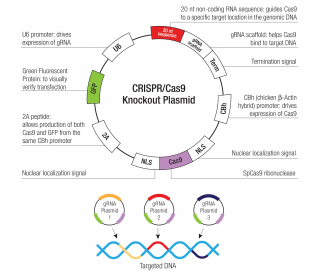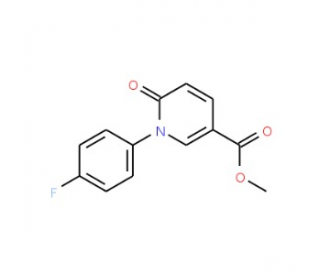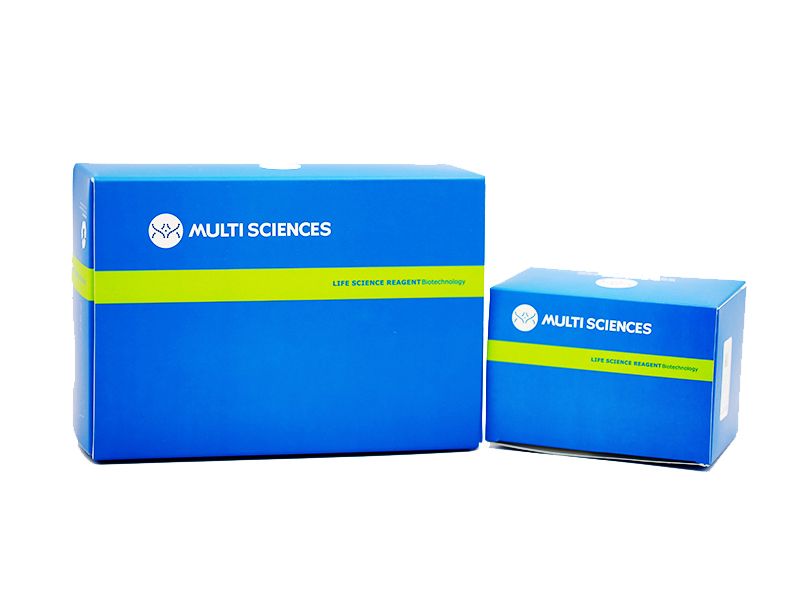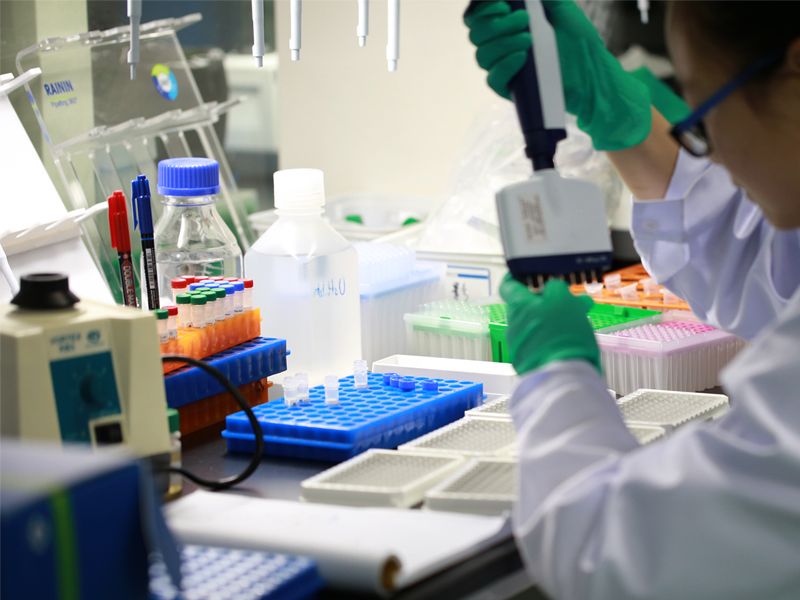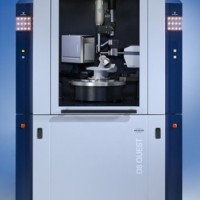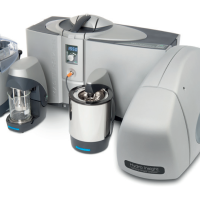详细说明
-
- Target species: mouse
- Plasmids consists of FAT4-specific 20 nt guide RNA sequences derived from the GeCKO (v2) library
- gRNA sequences direct the Cas9 protein to induce a site-specific double strand break (DSB) in the genomic DNA
- All products are provided as transfection-ready, purified plasmid DNA, except the Lentiviral Activation Particles which have been prepackaged as Lentiviral Particles for use with hard-to-transfect cells
- 20 µg of transfection-ready, purified plasmid DNA; Suitable for up to 20 transfections
- FAT4 CRISPR/Cas9 Knockout (KO) Plasmid (m) consists of a pool of three plasmids each encoding the Cas9 nuclease and a FAT4-specific 20 nt guide RNA (gRNA) designed for maximum knockout efficiency
- gRNA sequences are derived from the GeCKO (v2) library and direct the Cas9 protein to induce a site-specific double strand break (DSB) in the genomic DNA
- For selection of cells containing a successful Cas9-induced DSB, co-transfection with FAT4 HDR Plasmid (m) (sc-435960-HDR) is recommended
- contact Technical Service for availability of control antibody
See Protocol Online.
- 20 µg of transfection-ready, purified plasmid DNA; Suitable for up to 20 transfections
- FAT4 HDR Plasmid (m) is recommended for co-transfection with FAT4 CRISPR/Cas9 KO Plasmid (m)
- FAT4 HDR Plasmid (m) consists of a pool of 2-3 plasmids, each containing a homology-directed DNA repair (HDR) template corresponding to the cut sites generated by the FAT4 CRISPR/Cas9 KO Plasmid (m)
- Each HDR plasmid contains two 800 bp homology arms designed to specifically bind to the genomic DNA surrounding the corresponding Cas9-induced double strand DNA break site
- Each HDR Plasmid inserts a puromycin resistance gene to enable selection of stable knockout (KO) cells and an RFP (Red Fluorescent Protein) gene to visually verify transfection
- The puromycin resistance and RFP genes are flanked by two LoxP sites to allow for further processing by the Cre Vector sc-418923
See Protocol Online.
- 20 µg of transfection-ready, purified plasmid DNA; Suitable for up to 20 transfections
- FAT4 Double Nickase Plasmid (m) consists of a pair of plasmids each encoding a D10A mutated Cas9 nuclease and a target-specific 20 nt guide RNA (gRNA) designed to knockout gene expression with greater specificity than its CRISPR/Cas9 KO counterpart
- Paired gRNA sequences are offset by approximately 20 bp to allow for specific Cas9-mediated double nicking of the genomic DNA, which mimics a DSB
- One plasmid in the pair contains a puromycin-resistance gene for selection; the other plasmid in the pair contains a GFP marker to visually confirm transfection
- The paired gRNAs encoded by FAT4 Double Nickase Plasmid (m2) differ from the paired gRNAs in FAT4 Double Nickase Plasmid (m)
See Protocol Online.
- 20 µg of transfection-ready, purified plasmid DNA; Suitable for up to 20 transfections
- FAT4 CRISPR Activation Plasmid (m) is a synergistic activation mediator (SAM) transcription activation system designed to specifically upregulate gene expression
- FAT4 CRISPR Activation Plasmid (m) consists of three plasmids at a 1:1:1 mass ratio: a plasmid encoding the deactivated Cas9 (dCas9) nuclease (D10A and N863A) fused to the transactivation domain VP64, and a blasticidin resistance gene; a plasmid encoding the MS2-p65-HSF1 fusion protein, and a hygromycin resistance gene; a plasmid encoding a target-specific 20 nt guide RNA, and a puromycin resistance gene
- The resulting SAM complex binds to a site-specific region approximately 200-250 nt upstream of the transcriptional start site and provides robust recruitment of transcription factors for highly efficient gene activation
- The sgRNA (MS2) plasmid in FAT4 CRISPR Activation Plasmid (m2) encodes a target-specific 20 nt guide RNA that differs from the guide RNA in FAT4 CRISPR Activation Plasmid (m)
See Protocol Online.
- 200 µl of transduction-ready, high-titer CRISPR/dCas9 Lentiviral Activation Particles
- FAT4 Lentiviral Activation Particles (m) is a synergistic activation mediator (SAM) transcription activation system designed to specifically and efficiently upregulate gene expression via lentiviral transduction of cells
- FAT4 Lentiviral Activation Particles (m) contain the following SAM Activation elements: a deactivated Cas9 (dCas9) nuclease (D10A and N863A) fused to the transactivation domain VP64, an MS2-p65-HSF1 fusion protein and a target-specific 20 nt. guide RNA. They also contain the blasticidin, hygromycin and puromycin resistance genes
- Upon transduction, the SAM complex binds to a site-specific region approximately 200-250 nt. upstream of the transcriptional start site and provides robust recruitment of transcription factors for highly efficient gene activation
- The guide RNA in the FAT4 Lentiviral Activation Particles (m2) encodes a target-specific 20 nt guide RNA that differs from the guide RNA in FAT4 Lentiviral Activation Particles (m)
See Protocol Online.




